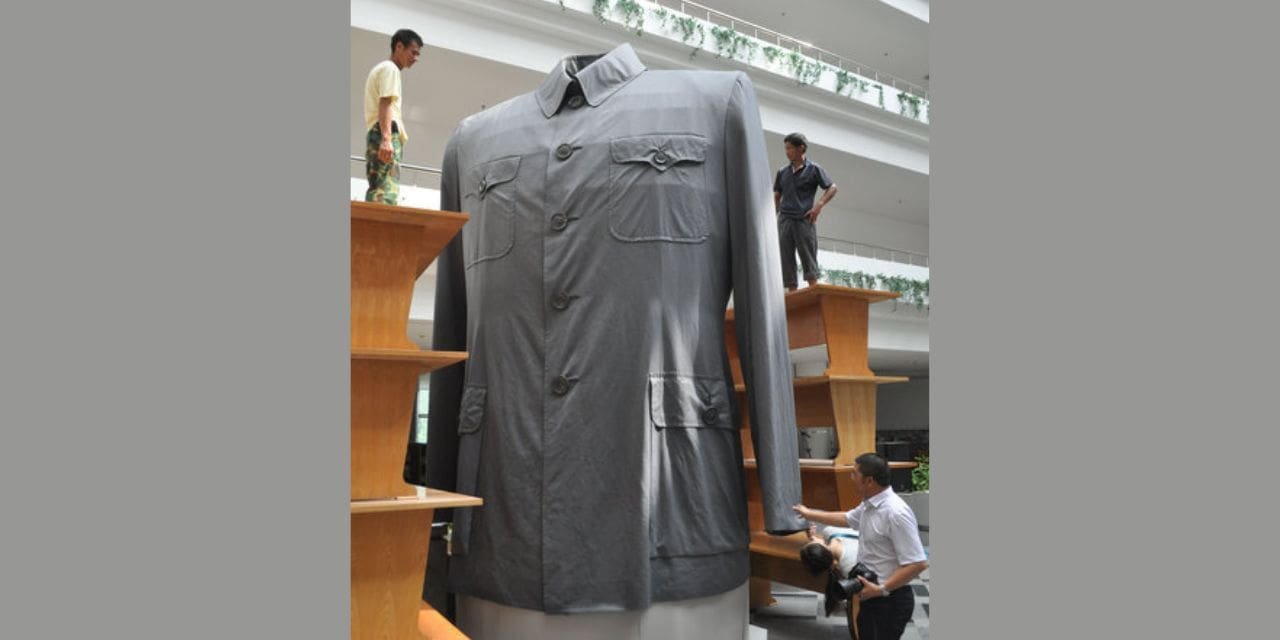As the world marks the 75th anniversary of the People’s Republic of China, a lesser-known fashion detail is gaining attention. On October 1, 1949, when Chairman Mao Zedong proclaimed the nation’s birth from Tiananmen Square, he and other leaders were dressed in a specific style of suit: the Zhongshan suit.
Named after Sun Yat-sen, a revolutionary instrumental in overthrowing China’s last imperial dynasty, the Zhongshan suit is a blend of traditional Chinese aesthetics and Western tailoring. Its stand-up collar and buttoned-up design symbolised a progressive spirit and a desire for change.
Beyond its symbolic significance, the Zhongshan suit also played a practical role in China’s early years. During the 1950s and 60s, the country prioritised functionality and uniformity in clothing due to economic constraints and social ideology. The Zhongshan suit, with its simple cut and durable fabric, became a popular choice.
The era also saw the establishment of institutions like the Huadong Institute of Textile Science and Technology and the Beijing Institute of Fashion Technology, which played crucial roles in developing China’s textile and fashion industries. As the country opened up to the world, the fashion landscape evolved, embracing Western styles and innovations while maintaining its unique Chinese identity.
The Zhongshan suit, a symbol of China’s revolutionary past, continues to be a significant part of the nation’s fashion heritage. It serves as a reminder of the country’s journey from a nascent republic to a global economic powerhouse.

